Rosetta Ice Pod flights, something I knew very little about before deploying, are our last activity yet to be accomplished. Weather has to be near perfect or the flights will not go out. We actually boarded the LC-130 last week in preparation for the flight, but unfortunately, never took off due to weather issues. US Air Force flies these missions but the equipment, the Rosetta Pod and all of the computers on board, are part of the science being done through Columbia University's Lamont-Doherty Earth ObservatoryA location used for observing terrestrial and/or celestial events. Institute and Scripps Institute of Oceanography.
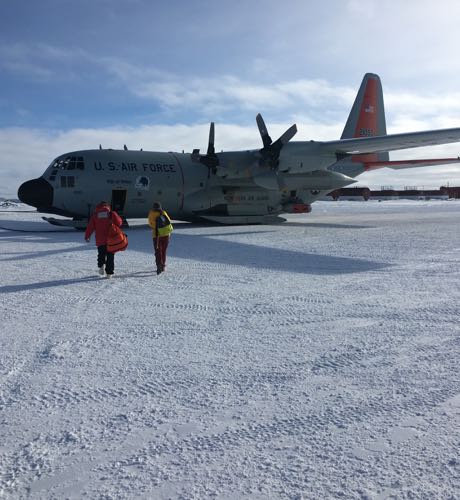
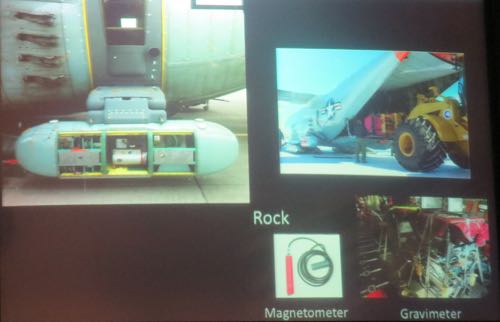
The lead PI's (Principal Investigators) for the team are Drs. Kirsty Tinto and Dave Porter. We are working closed with Dr. Tinto and her team in particular. She is an Oxford grad in geology and completed her PhD. work at Otago University in NZ. Dr. Porter graduated from Rutgers in meteorology and completed his PhD. through University of CO, Boulder.
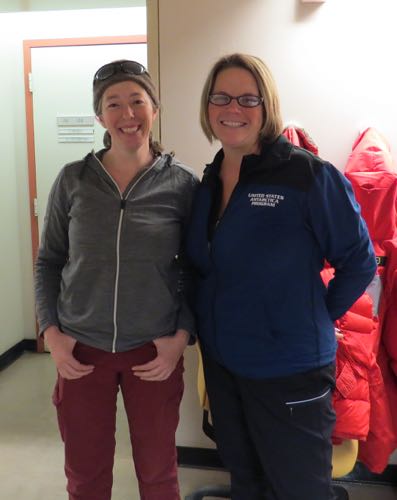
Their work here involves mapping the sea floor under the Ross Sea iceThere are terms for different types of ice. Shorefast ice forms along coasts and is attached to land. Pack ice is ice floating in open water. Multiyear ice is ice that has survived at least 1 summer. First year ice is ice that has not yet survived a melting season. shelf and also the ice on top of the shelf. They want to understand how the ice is melting within the ice shelf and how the three major players, glaciology, geology and oceanography are integrated within that. The sea floor under the Ross ice shelf has been mapped, sort of. Original data was collected from historical data and equipment. Further, the grid lines that were followed in the original mapping were far apart and did not yield great resolution and detail of the floor. With the Ice Pod flights, they are able to add in that detail and have a much more accurate depiction of the sea floor.
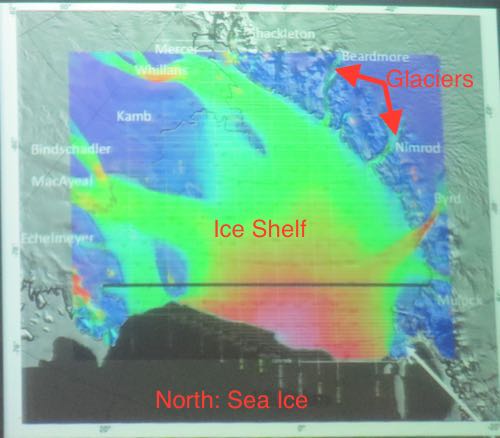
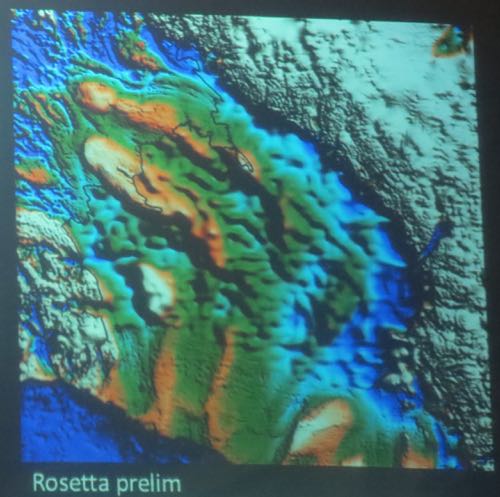
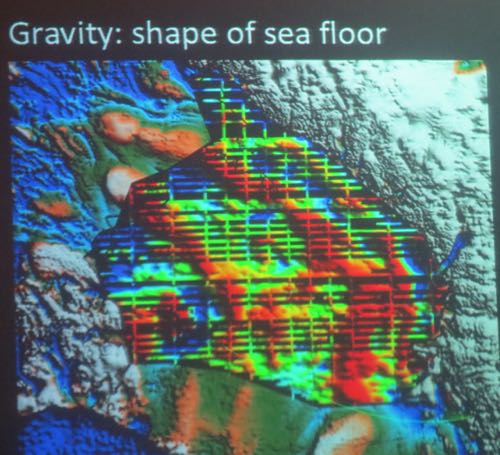
Another aspect of their research is determining how the shelf ice is melting. This of course is very interesting work to climatologists. The sea ice and shelf are growing in extent, but not necessarily in thickness. Basal ice flow (ice at the base) and calving processes are happening. Looking at how the ice is melted, whether from underneath or from the deep haline circulations or some other process is important in understanding affects of climate change. To help them determine this, they have deployed robots called ARGO Floats. These robotic devices (1000's of them are floating around the continent deployed by many other countries as well) are submerged into the sea and they sink towards the sea floor. On a ten day cycle, they rise to the surface and collect measurements on conductivity, temperature and depth. On the surface they can interface with satellites and relay their information. However, if they get stuck under an ice field, they can't 'speak' to the satellites. What that means is they need a robot that can detect and avoid overhead ice. They don't have such a robot yet. They also do not have a robot capable of directionality more than up and down. I have heard from several robotics scientists down here and it made me curious. We have a robotics team at school. Would they be interested in looking into underwater vehicles? Apparently, these types of robots often win competitions... as told by one of the robotics engineers here, Robert Zook! He has built and is deploying an underwater robot called SCINI, also the project name, under the Ross Ice Shelf.
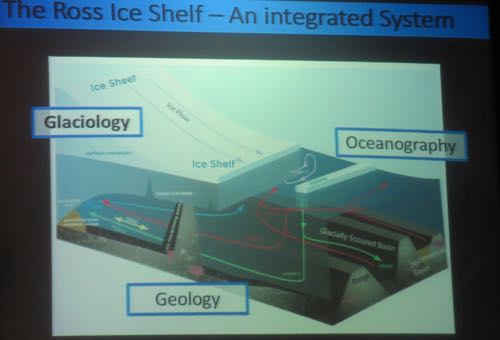
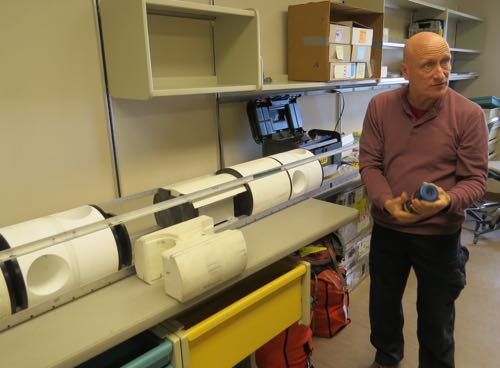
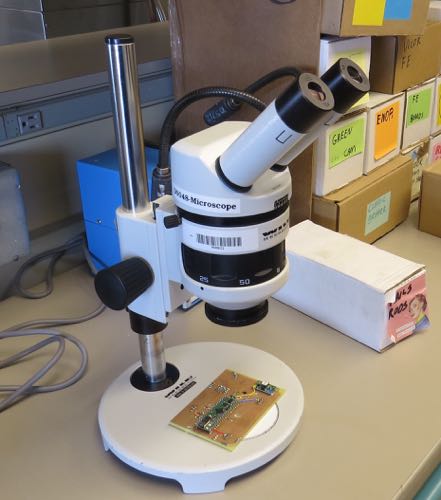

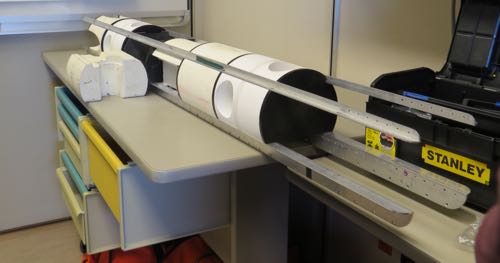
Kirsty and Dave gave a talk on Sunday evening about the Rosetta missions. Prior to that point, I had very little clue about their work. I knew we were scheduled to fly with them to gather data points on the places we ground surveyed (took ice cores) and that they were also collecting data of a similar nature. I had no idea the scope and magnitude of their project. I am now captivated. I love geology and particularly glaciology and now want to more about their work and am looking even more forward to our Icepod flight if the weather should ever cooperate!

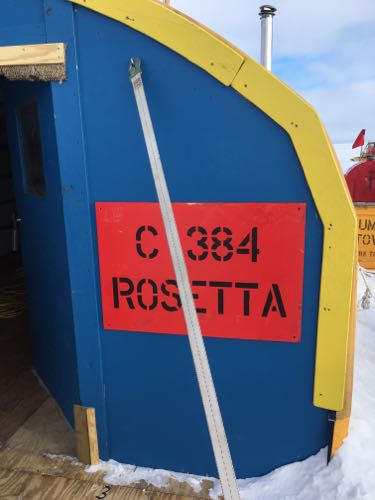
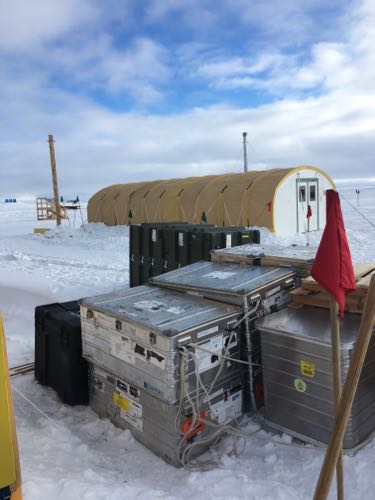
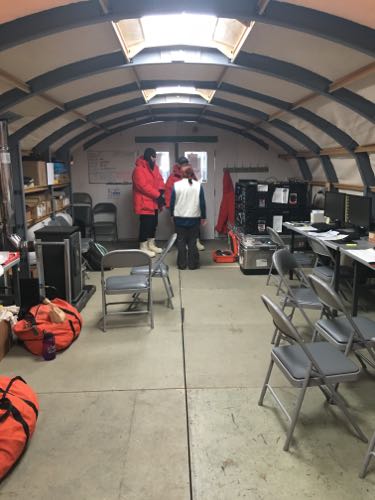
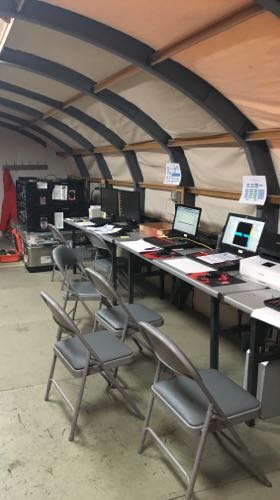
A long journal today, but lots of information to get out there. Flat Lorax wishes he could go diving and check out the underside of the sea ice, but has to stay here on land... this version is for Bari, a very special, former APBio student!
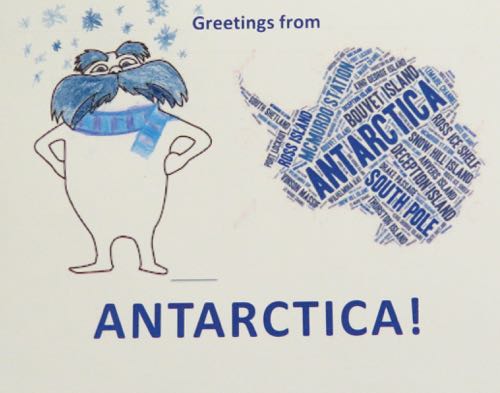


Comments